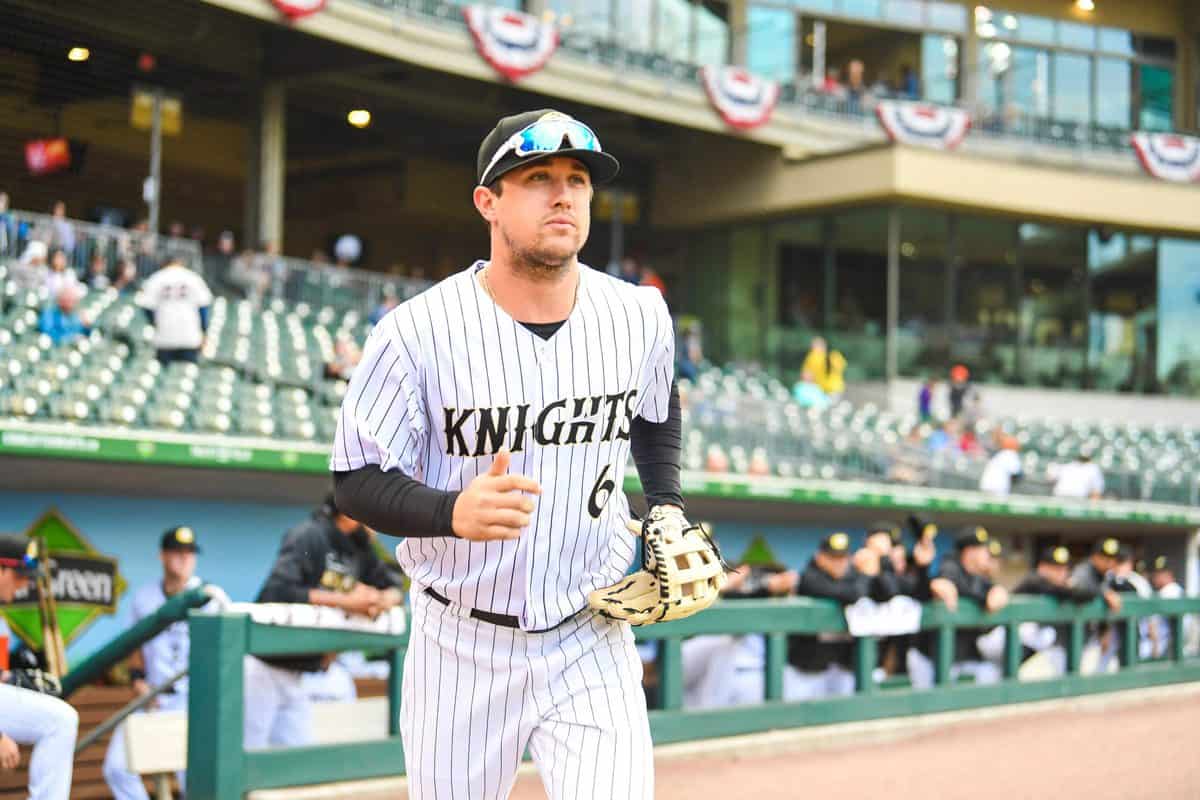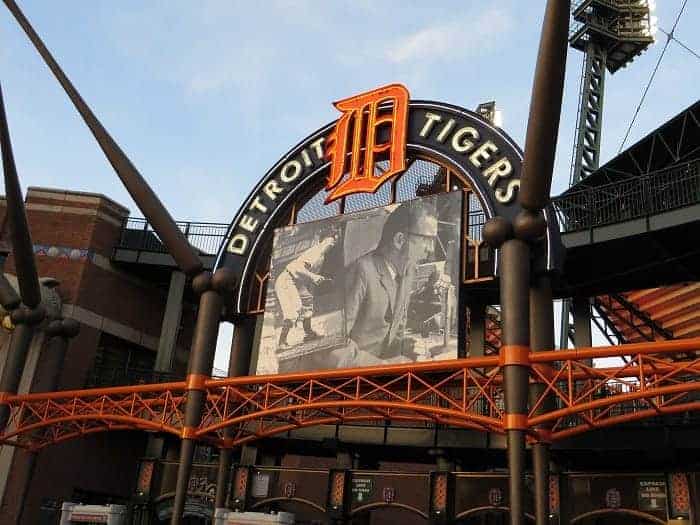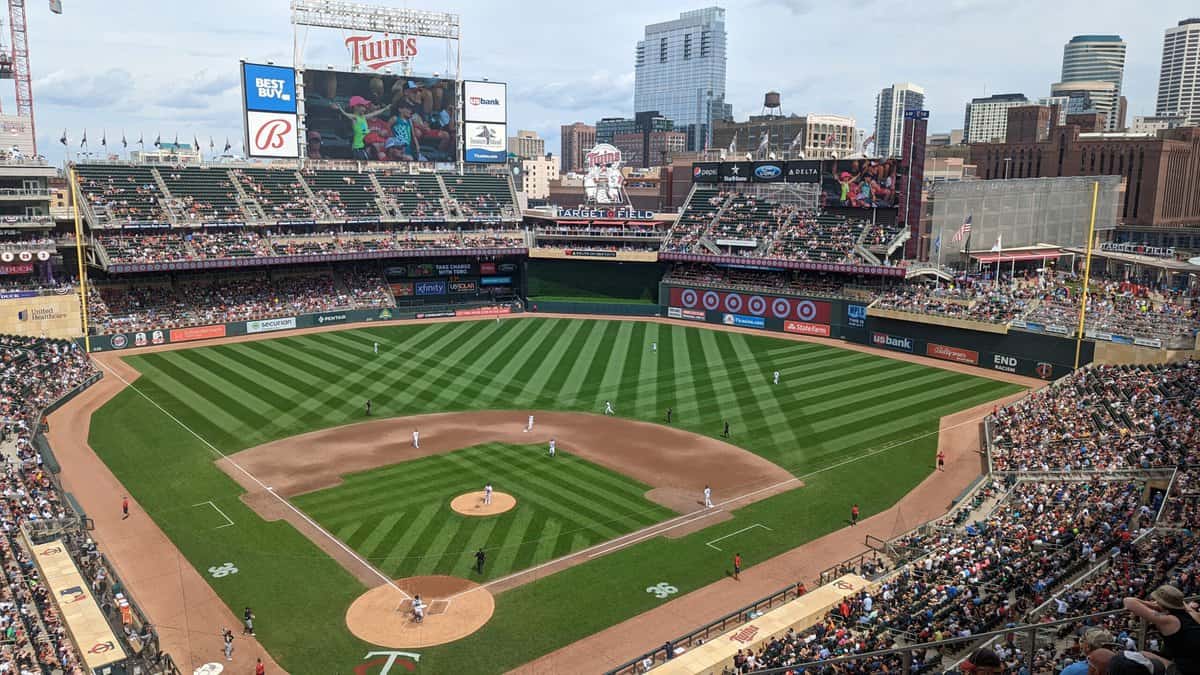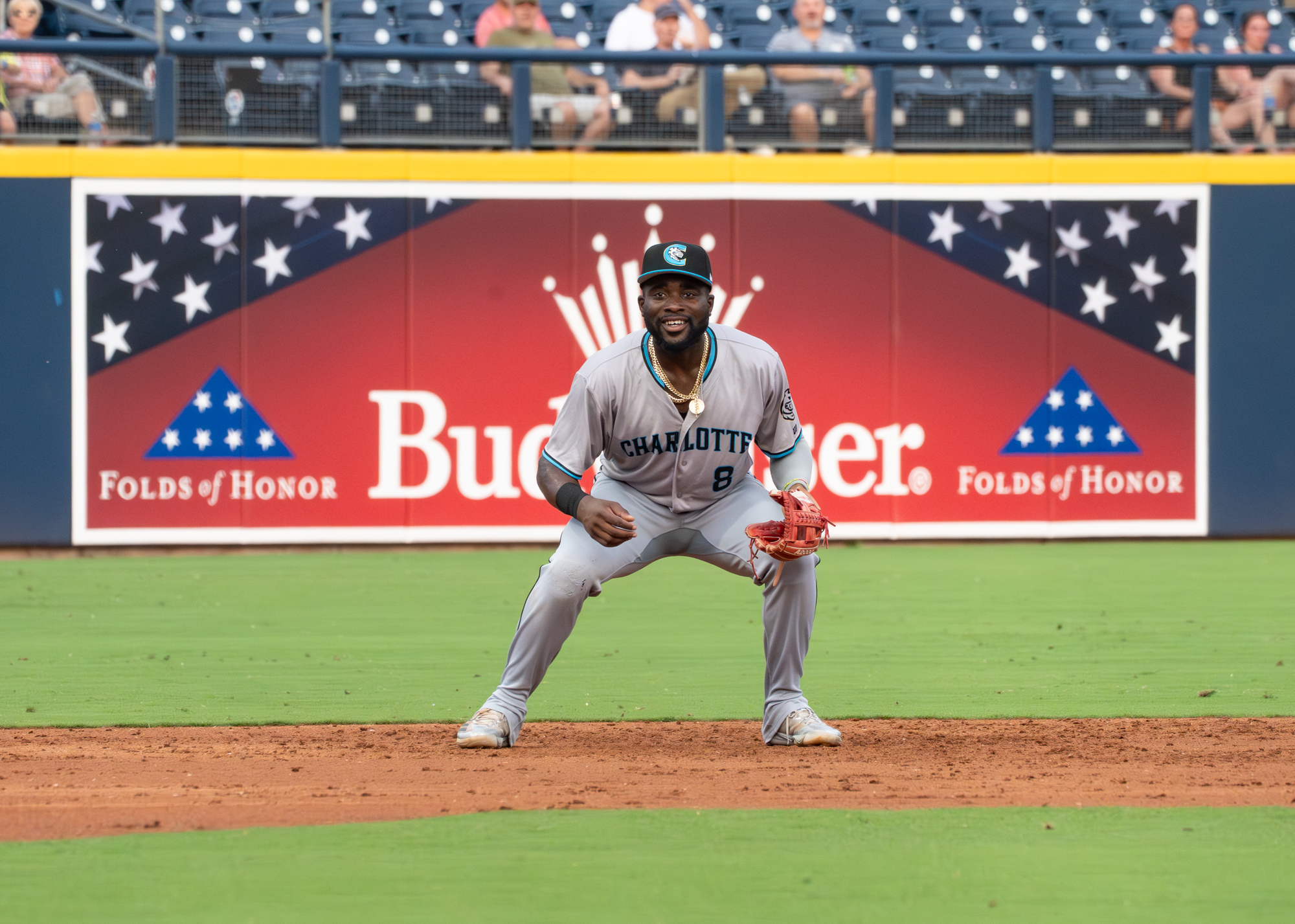The easiest way to process the White Sox's acquisition of Adam Haseley is to think the White Sox merely wanted to upgrade their Blake Rutherford situation.
Haseley replaced Rutherford on the 40-man roster, as the latter was designated for assignment to make room. He also replaced Rutherford as an outfielder with former first-round sheen who bats from the left side.
PERTINENT: White Sox acquire Adam Haseley to add to outfield depth, if not outfield
The White Sox saw a swap worth making because Haseley theoretically offers the ability to provide decent at-bats against upper-level right-handed pitching and an ability to cover center, at least if he can get back to his 2019 form.
That caveat has some heft to it. Last year's shaky performance -- followed by a leave of absence Haseley hasn't yet explained (and maybe never will) -- suggests a crisis of confidence that one can't automatically assume is behind him. In the field last year, the small sample of flies included a couple of notable misplays ...
... and Haseley took his leave after the second one. If you believe Joe Girardi, it's not because the Phillies were just about to demote Haseley.
Still, even in this compromised state, Haseley even holds the advantage of time over Rutherford. He has two options remaining, while Rutherford only has one. Basically the White Sox have two years to see if Haseley can merely return to being a fringe MLB contributor, whereas the Sox have half the time to see if Rutherford can get to a place he's never been.
Assuming Rutherford finds a home elsewhere, it would close the book on the Todd Frazier/David Robertson/Tommy Kahnle trade. Even if Rutherford remains, the DFA reflects the White Sox's willingness to turn the page on it. It's hard to post a sub-.700 OPS at Charlotte, but Rutherford never could modify his swing for lift or power, he lost the ability to handle center, and the strikeout-to-walk disparity is now a chasm.
- 2018: 34 BB, 90 K over 487 PA in Winston-Salem
- 2019: 37 BB, 118 K over 480 PA in Birmingham
- 2021: 21 BB, 119 K over 476 PA in Charlotte
Sometimes it's kinda neat when the player the White Sox wanted least in a seven-player deal contributes the most, but in the case of Tyler Clippard, he was merely included for accounting purposes, and the Sox sent him to Houston for cash before the trade turned a month old.
Clippard is still the most active of the seven players involved. He posted a 1.80 ERA over 11 games with the Sox, who are one of the seven teams he's pitched for over the last five seasons. The Nationals will make it eight in six if he makes good on his minor league deal this year.
As for the others:
Ian Clarkin: He spent the 2018-19 offseason yo-yoing between the White Sox and Cubs on waiver claims, and in hindsight, it's hard to see why they fought over him. He hit a wall in Double-A, as injuries ate away at his stuff, but he ended up pitching 51⅓ innings at Triple-A Albuquerque anyway. The altitude was the last thing he needed, as he issued 34 walks against 19 strikeouts.
Tito Polo: He briefly showed some center field potential after the trade, but injuries limited him to just 53 games in 2018, and he's yet to top that total since, whether in affiliated ball or the Mexican League.
The Yankees got the better end of the deal, mostly because David Roberston continued to deliver on his market-rate contract. They probably hoped for more, at least from Tommy Kahnle. Todd Frazier was merely depth, but while Kahnle had some strong stretches out of the vaunted Bronx bullpen, he couldn't quite remain healthy enough to bank on.
Mostly, the deal reset a chain of trades that had been slowly accruing value for the White Sox. Kahnle came over in a deal for Yency Almonte, whom the Sox acquired for Gordon Beckham. From this perspective, you could say it's up to Haseley to regain some ground here. From a point of view that actually matters, Haseley has bigger fish to fry, and it'd be great if he could buy the Sox some time between what they currently have on the 40-man roster, and guys like Yoelqui Céspedes and Oscar Colás coming up behind him. The idea is that this next wave of outfielders can produce one who sticks.






